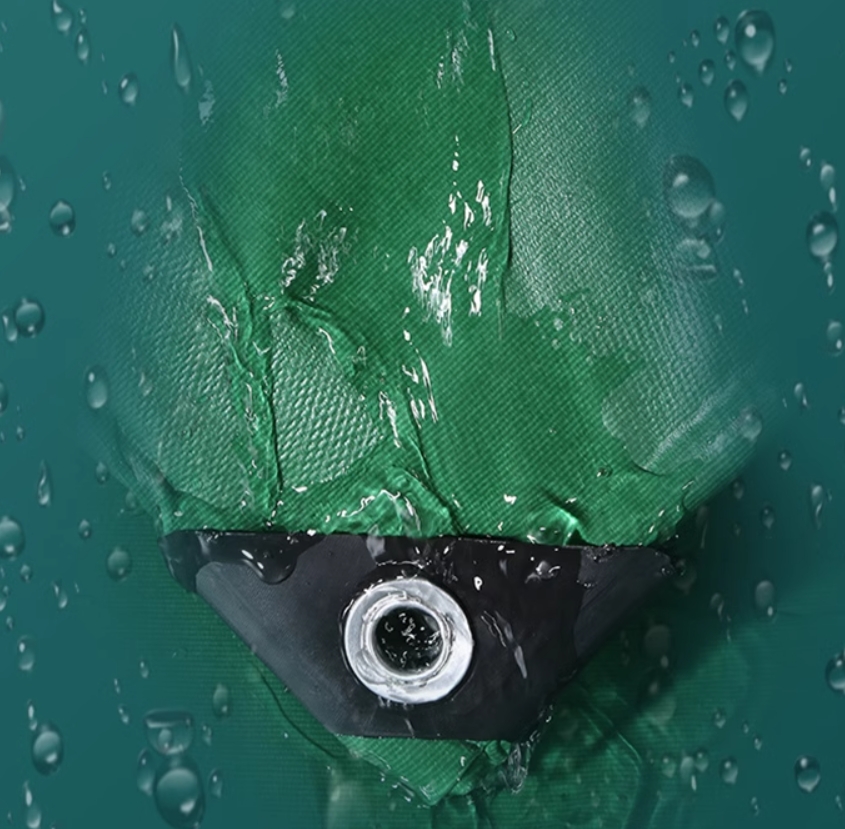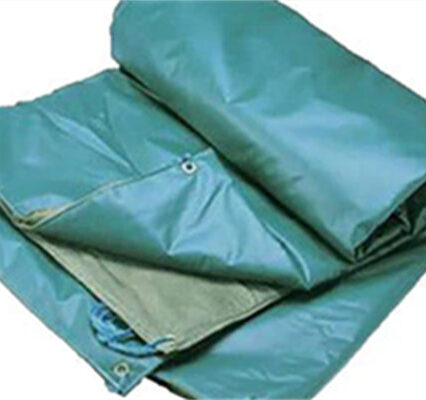Insulated tarps are versatile tools, essential for outdoor adventures and construction. Whether it’s an insulated tarp for camping, an insulated tarp for tents, or a heavy-duty insulated construction tarp, its effectiveness depends on proper installation. A well-installed insulated tarp regulates temperature, blocks weather, and provides protection; an improperly installed one can lead to heat loss, leaks, or damage. This guide explains the steps for properly installing various types of insulated tarps.
Prepare the Site and Materials
Choose a Suitable Location
For insulated tent tarps, choose a level, dry flat area where there are no debris and no rocks, and preferably higher than the surrounding ground to prevent water accumulation. For insulated construction tarps, have the ground where the installing is going to take place free of sharp debris such as glass and nails. Position the windward side of the tarp facing the wind direction to minimize flapping. Use shade or sunlight to adjust the temperature as needed.
Gather Tools and Materials
Prepare a hammer, wooden stakes, and durable ropes or bungee cords. A ladder will be needed for big tarps. Start by checking the insulation tarp and patch up any tears or holes. If using one tarp or more, make sure they are in good condition. Feicheng Tongfa provides high-quality products with a complete range of insulation tarps, such as insulated construction tarps, insulated camping tarps, and insulated tent tarps. Each is expertly designed to deliver higher durability and heat insulation to cover an array of uses.

Unfolding and Positioning
Unfold Carefully
Lay the tarp on a clean surface near the installation area. Use a protective mat if the surface is rough. Unfold carefully to prevent dragging. For larger building insulating tarps, have assistance to avoid tangling. For insulating tent tarps, put the layer of insulation inward and the outer layer outward.
Positioning by Purpose
The insulated tarp for a tent should extend a few feet beyond the sides of the tent and be centered for even protection. Insulated construction tarps should evenly cover the target area (such as materials or structures) without water accumulation or wrinkles. When using insulated tarps for camping as groundsheets, cover the campsite and smooth out any wrinkles to prevent water accumulation.
Securing the Tarp
Using Stakes
For ground mounting tarps (tent or camping), begin with corner securing. Stakes should be driven through grommets at a 45-degree angle, exposing a few inches of metal. Stake edges 2-3 feet apart. When staking down a building tarp to a building, stake bottom edge. Sandbags can be employed on hard ground.
Use Ropes or Bungee Cords
Large insulated tarps (such as building tarps) are rope-tied to anchor points, making them tight but not overly tight. Insulated tarps for tents are bungee-corded to the tent poles to allow some flexibility in the wind. Camping awnings are rope-tied to trees at the corners, adjusting the length to keep them taut.
Sealing and Inspection
Seal the Edges
Seal along seams with sealant for insulated tarps. For insulated construction tarps, cover the gaps with additional strips of tarp or weatherstripping, paying particular attention to corners and joints.
Check for Looseness and Tighten the Stakes or Ropes
Ensure that tent tarpaulins are not sagged and building tarpaulins are not bulged to prevent damage and promote efficiency.
Special Tips for Different Types of Camping Tarps
Insulated Tarps for Camping: Clean the ground thoroughly and place a tarp underneath. Drain properly during shelter construction.
Insulated Construction Tarp: Follow safety procedures, use gloves, and use ladders cautiously. Check for overstretching when installing.
Insulated Tarp for Tent: Do not overtighten the tent poles and leave a small gap for ventilation.
Post-Installation Maintenance
Inspect for damage regularly, especially after a storm. Clean with mild soap and water, dry, and store. Repair small holes promptly to maintain the functionality of the insulated tarp.
Proper installation of an insulated tarp maximizes its performance. Simply follow the following steps to enjoy its temperature-regulating and protective properties, saving you time and money in the long term. Feicheng Tongfa manufactures various tarps. If you would like to learn more about our tarps, please contact us.

